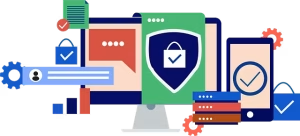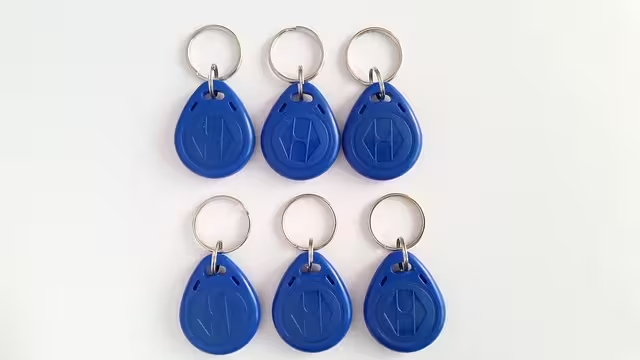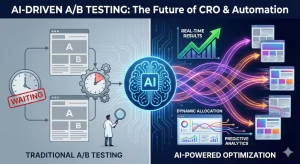In any modern enterprise, from bustling warehouses to sterile hospital environments, the management of physical assets represents a critical, yet often overlooked, operational challenge. The silent drain on resources from misplaced equipment, the significant labor costs of manual inventory audits, and the direct financial losses from theft can accumulate into substantial burdens. Traditional methods, relying on barcodes and manual checklists, are fraught with human error and provide only a static snapshot in time. To achieve true operational intelligence, a more dynamic, automated, and responsive solution is required.
Imagine a system that automatically knows the precise location of every critical asset within your facility, not just once a day, but in real-time. Consider the ability to create intelligent, invisible boundaries that trigger instant alerts if a high-value piece of equipment moves without authorization. This is not a futuristic concept; it is the practical reality made possible by the powerful synergy of two distinct technologies: Radio-Frequency Identification (RFID) for swift and accurate identification, and geofencing for location-based context and control. By integrating these systems, businesses can transform asset tracking from a passive, reactive process into a proactive, strategic advantage.
This guide serves as a technical framework, designed to provide a clear and comprehensive blueprint for implementing a robust RFID-based geofencing solution for superior asset tracking.
Foundational Concepts: Differentiating and Integrating RFID and Geofencing

Before we can build a system, we must first understand its core components. While RFID and geofencing are often discussed in the same breath when it comes to asset tracking, they perform two very different but complementary jobs. Mistaking one for the other is a common error that can lead to flawed system design. True success lies in understanding their individual strengths and how they work together.
Demystifying RFID Technology
At its simplest, Radio-Frequency Identification (RFID) is a technology that uses radio waves to identify objects automatically. Think of it as a supercharged barcode. A barcode needs to be seen by a scanner (line-of-sight), and you can only scan one at a time. An RFID tag, however, doesn’t need to be seen to be read, and a reader can identify hundreds of tags simultaneously. This capability is what makes it so powerful for tracking large quantities of assets quickly.
An RFID system has two main parts:
- RFID Tags (Transponders): These are small electronic devices that consist of a microchip and an antenna. The chip stores a unique identification number, much like a serial number for the asset it’s attached to. There are two primary types of tags you will encounter:
- Passive Tags: These are the most common and cost-effective tags. They have no internal power source. They are “awakened” by the radio waves sent out by an RFID reader.9 The reader’s energy powers up the tag just long enough for it to send its unique ID number back to the reader.10 Because they rely on the reader’s power, their read range is typically shorter, from a few inches to about 30 feet, depending on the type of tag and the environment. They are ideal for tracking inventory, documents, and smaller tools.
- Active Tags: These tags have their own built-in battery. Because they have their own power source, they can constantly broadcast their signal, like a tiny radio beacon. This gives them a much longer read range, sometimes up to 300 feet or more. They are larger and more expensive than passive tags, making them best suited for tracking large, high-value assets like vehicles, large equipment, or shipping containers across a wide area like a storage yard
- RFID Readers (Interrogators): A reader is the brain of the RFID system. It sends out radio waves via its antennas. When a tag passes through this energy field, it responds with its information. The reader captures this information and passes it along to a computer system or software for processing. Readers can be fixed, like those mounted above a doorway or on a warehouse rack, or they can be handheld mobile devices used for spot-checking inventory.
Defining Geofencing in an RFID Context
The word “geofence” usually makes people think of the GPS on their smartphone. For instance, a retail app might send you a coupon when your phone’s GPS shows you are near one of its stores. That is a GPS-based geofence, which creates a virtual boundary around a large, outdoor area,
However, when we talk about geofencing with RFID, we are typically working indoors or within a defined site where GPS signals are unreliable or non-existent. In this context, a geofence isn’t created by satellites; it’s created by the read field of an RFID reader.
Imagine an RFID reader mounted above a single doorway. Its antenna creates an invisible bubble or zone of radio waves that covers the entire doorway. This reader zone is the geofence. Any tagged asset that passes through the doorway is detected by the reader. The software then knows that the asset has crossed the “doorway geofence.” By strategically placing multiple readers, you can create a series of geofenced zones throughout a facility: “Warehouse Section A,” “Loading Dock,” “Secure IT Closet,” or “Tool Crib.”
The Synergy: How RFID Powers Geofence Logic
Here is where the two technologies combine to create an intelligent system. RFID provides the “what” and geofencing provides the “where” and “when.” The system works through a simple but powerful logic:
- Identification (The “What”): An asset, such as a valuable medical device in a hospital, has an RFID tag attached to it. The tag contains a unique ID that the system recognizes as “IV Pump #17.”
- Location Detection (The “Where”): An RFID reader is installed at the exit of the hospital’s surgical wing. Its read zone creates a geofence called “Surgical Wing Exit.”
- Rule-Based Action (The “When”): In the asset tracking software, a rule is created: “IF an asset tagged as ‘IV Pump’ enters the ‘Surgical Wing Exit’ geofence, THEN send an immediate text message alert to the floor manager and security.”
When a person attempts to move IV Pump #17 through that exit, the reader instantly detects the tag. The software sees the ID, recognizes it as an IV Pump, and sees that it has entered the geofence. The rule is triggered, and the alert is sent automatically in a matter of seconds. This real-time alerting capability is impossible to achieve with manual checks or barcode scans. It is the fusion of RFID’s identification speed with geofencing’s contextual location rules that unlocks true asset control.
A Step-by-Step Implementation Framework for Your RFID Geofencing System

Implementing a system like this may seem complex, but by breaking it down into a logical, step-by-step process, any organization can achieve a successful deployment. This requires careful planning and a clear understanding of the end goals.
Step 1: Requirements Analysis and Goal Definition
This is the most critical step. Before you buy a single tag or reader, you must define what success looks like. Rushing this stage is the number one cause of failed projects. Ask your team specific questions:
- What problem are we solving? Are we trying to stop theft? Reduce the time it takes to find equipment? Automate compliance checks? Be specific. Instead of “track tools better,” a better goal is “reduce the time it takes a technician to find a specific tool from 15 minutes to under 1 minute.”
- Which assets are we tracking? You may not need to track every single item. Start with the most critical or highest-value assets. Create a list: laptops, servers, specialized tools, medical equipment, returnable shipping containers, etc.
- What information do we need? Do you only need to know if an asset is inside a specific room? Or do you need a full audit trail of every time it moved between different zones?
Step 2: Site Survey and RF Feasibility Study
Radio waves, which are the backbone of RFID, are affected by the physical environment. A site survey is not optional; it is essential for ensuring the system will work as expected. During this phase, a specialist will:
- Analyze the Floor Plan: They will map out the facility to determine the best places to install readers to create the geofences you defined in Step 1.
- Identify RF Challenges: Radio waves can be blocked (absorbed) or bounced (reflected) by certain materials.
- Metals: Metal is the biggest challenge for RFID. Metal reflects radio waves, which can create dead spots where tags cannot be read. Metal shelving, filing cabinets, and machinery require careful reader placement and the use of special tags.
- Liquids: Water and other liquids absorb radio waves. This is a major consideration in healthcare, laboratories, or food processing facilities.
- Test Reader Performance: A professional will use testing equipment to measure the RF environment and determine the exact reader and antenna combination needed to provide reliable coverage for each geofence without the signal “leaking” into unwanted areas.
Step 3: Hardware Selection and Procurement
With the data from the site survey, you can now confidently select the right hardware.
- Choosing Tags: The tag must be right for the asset. You wouldn’t use the same paper label tag for a document that you would for a heavy-duty outdoor generator.
- UHF Passive Tags: For most indoor asset tracking, Ultra-High Frequency (UHF) passive tags are the standard. They offer a good read range (up to 30 feet) and are very cost-effective.
- On-Metal Tags: If you are tracking metal assets like tools, laptops, or machinery, you must use special tags designed to work on metal surfaces. A standard tag placed on metal will not work.
- Active Tags: If you need to cover a very large area like a shipping yard or need to track assets that might be far from a reader, more expensive active tags are the correct choice.
- Choosing Readers: You need to choose between fixed readers that are permanently installed and mobile readers. For a geofencing system that relies on creating defined zones, you will primarily use fixed readers installed at choke points like doorways, room entrances, or along conveyor belts.
Step 4: Software and Middleware Integration
The software is where your system comes to life. The hardware collects the data, but the software turns that data into useful information. Key features to look for include:
- A User-Friendly Dashboard: You should be able to see a map of your facility and the location of your assets at a glance.
- A Powerful Rules Engine: This is the heart of the geofencing system. The software should make it easy to create custom rules like the ones we’ve discussed, with no programming knowledge required.
- Reporting and Analytics: The ability to generate reports is crucial. You might want to see a report of all assets that entered the “Shipping Dock” yesterday or a history of a specific asset’s movement over the past month.
- Integration (API): Middleware is a type of software that acts as a bridge between the RFID readers and your main business software. An Application Programming Interface (API) is what allows these different systems to talk to each other. A good system should be able to integrate with your existing inventory management or enterprise resource planning (ERP) software to keep all your business data in sync.
Step 5: System Configuration: Defining Geofences and Business Rules
Once the hardware is installed and the software is running, the configuration begins. This is where you translate your goals from Step 1 into digital instructions.
- Drawing Geofences: In the software, you will associate each physical reader with a named zone. For example, Reader #1, installed at the main entrance, is linked to a geofence you name “Main Entrance/Exit.” Reader #2, in the IT storage room, is linked to the “Secure IT” geofence.
- Creating the Logic: Now you build your rules. The software will typically have a simple interface for this.
- Example Rule 1 (Theft Prevention): “IF Asset Category ‘Company Laptop’ ENTERS Geofence ‘Main Entrance/Exit’ BETWEEN the hours of 7 PM and 6 AM, THEN Sound Local Alarm AND Send Email to ‘Security Group’.”
- Example Rule 2 (Workflow Automation): “IF Asset ID ‘Project-X-Prototype’ LEAVES Geofence ‘Engineering Lab’ AND ENTERS Geofence ‘Testing Area’, THEN Update Asset Status to ‘In Testing’ AND Notify ‘Project Manager’.”
Step 6: Deployment, Testing, and Calibration
The final step is to bring the system online. A common mistake is to try to do everything at once. A better approach is a phased rollout:
- Start with a Pilot Program: Begin by tagging and tracking one category of assets in one limited area. This allows you to work out any bugs and fine-tune the system on a small scale.
- Tag Assets Correctly: The placement of the RFID tag on the asset is crucial. The site survey should provide guidance on the best location for each asset type to ensure it is read reliably.
- Test Rigorously: Walk assets through the geofenced zones repeatedly. Does the reader pick up the tag every single time? Is the alert triggered instantly? Is the information on the dashboard correct?
- Train Your Team: The system is only effective if your staff knows how to use it. Provide training on how to respond to alerts, look up assets, and understand the data on the dashboard.
Analyzing the Benefits and Addressing Inherent Challenges

No technology is a magic bullet. A successful implementation requires a clear-eyed view of both the powerful advantages and the potential hurdles.
Tangible Business Advantages
When implemented correctly, an RFID geofencing system delivers a strong return on investment through:
- Enhanced Security: The primary benefit is real-time loss prevention. You are instantly alerted to unauthorized movement, allowing you to stop theft as it happens, not discover it during a monthly audit.
- Automated Audits and Inventory: The process of manually counting hundreds or thousands of assets is incredibly time-consuming and prone to errors. With RFID readers placed strategically, you can perform a full inventory count in minutes instead of days. A staff member with a handheld reader can audit a room of 100 tagged items in under a minute, compared to over an hour with a barcode scanner.
- Operational Visibility and Workflow: Knowing where everything is at all times streamlines operations. Nurses can find medical equipment faster, leading to better patient care. Warehouse workers can locate specific pallets immediately. Technicians can find the right tools without searching, getting to their actual work more quickly. This adds up to massive gains in labor efficiency.
Common Challenges and Mitigation Strategies
It is important to be aware of the potential challenges and plan for them.
- Initial Cost: The upfront investment for readers, tags, software, and professional installation can seem high.
- Mitigation: Conduct a thorough Return on Investment (ROI) analysis beforehand. Calculate the current annual cost of lost assets, the labor hours spent on manual audits, and the efficiency lost while searching for items. This will often show that the system pays for itself surprisingly quickly.
- RF Physics and Environment: As discussed, metal and liquids can interfere with RFID signals.
- Mitigation: This challenge is almost entirely solved by a professional site survey (Step 2) and selecting the correct tags for the asset type (Step 3). Do not try to skip the survey to save money; it will cost you far more in the long run with an unreliable system.
- Data Management and Security: The system will generate a large amount of location data.
- Mitigation: Choose a scalable, often cloud-based, software platform that can handle the data load. Ensure the provider has strong security protocols to protect your data from unauthorized access. Work with your IT department to ensure the system complies with all company data policies.
The Future Trajectory: RFID, Geofencing, and the Broader IoT Ecosystem

The technology of asset tracking is constantly evolving. Implementing an RFID geofencing system today also prepares your business for the future of the Internet of Things (IoT).
Integration with Sensor Fusion
The next evolution is to combine RFID location data with other sensor data. An RFID tag can be built into a larger sensor device. For example, a tag on a container of medical supplies could also include a temperature sensor. Your geofencing rule could then be even more intelligent: “IF the ‘Vaccine Shipment’ container ENTERS the ‘Warehouse’ geofence AND its internal temperature rises above 40°F, THEN send a critical alert to the lab manager.” This fusion of “where” (RFID) with “how” (sensors) provides a complete picture of an asset’s status and environment.
AI and Predictive Analytics
As your system collects data over time, you can apply Artificial Intelligence (AI) and machine learning to analyze it. The system can move beyond simply telling you where an asset is now; it can start to predict where it should be. It can learn normal movement patterns and flag any unusual activity. For example, it could learn that a specific tool is used every day on Assembly Line 2. If that tool is suddenly detected in the shipping department, the system could flag it as a potential issue before it even reaches an exit, representing a move from reactive alerts to predictive intelligence.
Conclusion: From Concept to Competitive Advantage
Implementing a system that combines RFID for identification and geofencing for location-based rules is more than just a security upgrade; it is a fundamental shift in operational management. It transforms assets from passive objects on a spreadsheet into active, intelligent participants in your daily workflow. By moving through a methodical process of defining clear goals, conducting a proper site analysis, selecting the right technology, and creating intelligent rules, any organization can build a system that dramatically reduces loss, automates tedious manual processes, and provides an unprecedented level of real-time visibility. This visibility is the foundation of a more efficient, secure, and data-driven enterprise.
For a technical consultation on how an RFID geofencing system can be engineered for your specific operational needs, contact the experts at WebHeads United LLP today.











